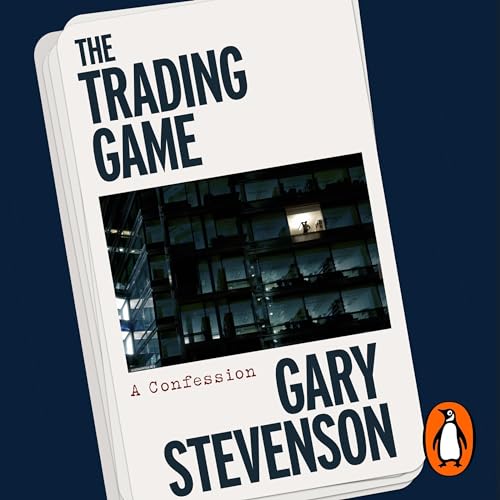
Most investors buy shares with the expectation that they will increase in value: the simple ‘buy and hold strategy’. If you look at long-term stock market charts, that is also the most obvious strategy. After all, the stock market will increase over time. However, some investors anticipate a decline of a share so they choose “going short”.
What is going short?
Briefly, going short is the following: you sell something you do not own to be able to buy it back for less at a later time. If you succeed, you will make a profit.
This is sometimes difficult for non-investors to explain because how can you sell something you don’t have? This is understandable, seeing as in normal daily life there are few examples of going short. But on the stock market, this is a way to take advantage of a falling share price.
Two possibilities of going short
Firstly, it is possible to go short with shares. At Binck this is only possible intra-day: a share can be sold in the morning, but it must be bought back before the end of the trading day. This is different for professionals. They can be short for days, weeks, and even months. They have to actually deliver these sold shares and with that, we arrive at ‘Securities Lending’.
In addition, it is possible to go short with derivative products. These are products that are bought, which anticipate a decrease in the underlying value. This is possible with turbos, futures, inverse ETFs and options.
Please note: these are complex products that are only suitable for advanced investors and for which it is essential that you understand the effect (and the associated risks!) before investing in them.
Short and long compared
If you expect an increase and you are long, your position is positive. In other words, above zero. If you don’t have a position, it’s zero. You don’t care whether you rise or fall; after all, you have no share position, only a cash position. This is also a suitable position for an active investor ‘who is momentarily unsure‘. But if you have a short position, your position is actually negative. In other words, below zero. You take this position if you are convinced that the share (or another underlying asset) is going to fall.
Many investors however, navigate between positive temperatures and zero degrees. In other words, their position is long shares or cash. If they don’t trust the market, they will (partially) sell shares and hold (more) cash. Some, more active, investors and professionals take the next step: they go ‘short’.
Where can I see the overview of short positions?
Short positions are kept in a register. If a market participant has a larger short position than 0.5% of all outstanding shares, this must be reported to this register.
Does a short position always mean that a stock is going to fall?
If there are many short positions on a share, this often indicates ‘difference of opinion between market participants about the correct valuation’. But this does not necessarily mean that the share will actually decrease. You could say: there is a good chance that something is going on. It is wise that you delve into this before you decide to make a transaction in that fund.
What is a short squeeze?
A short squeeze is an (extremely) sharp rise in a share because parties who are short – forced or not – close their short position. They then have to buy it. Because an increase in the price is disadvantageous for all parties that are short, there is a self-reinforcing effect: the parties who are short must then buy in an increasing market. This again has a price-driving effect, which means that even more parties have to buyback.
Volkswagen is a good example where the price rose fivefold in five days (and then also fell back) due to a short squeeze.
Do you want to go short as a private investor?
This largely depends on how you as a person are put together. Most investors are ‘’bullish’’ and expect a stock to rise; that feels most natural to them. If there is a fear of heights, they know these four tips. And they simply reduce their share positions.
Another smaller group are investors who (mainly) anticipate a decline and thus want to earn their money. Stock market declines are often more severe and momentary than the rises. And so there is also money to be made. But as said, your strategy should suit you and you should know that most investors prefer buying.
In short
For the long-term buy-and-hold investor, going short is not directly part of the strategy. He or she knows it exists but the majority don’t use the option. This is different for a more active trader. Going short can certainly be of added value. After all, going short can take advantage of a declining market. In short, going short is an extra way to respond to ‘movement on the stock market’. And for the active trader, it does not matter whether that movement is up or down.
At Binck, portfolio managers are available for private consultations via telephone or Skype. You can also connect with Kaspar Huijsman, Director of Binck Spain and Portugal, via linkedIN www.linkedin.com/in/kasparhuijsman or by email at [email protected].
Investing has risks. Your investment may become less valuable.


















